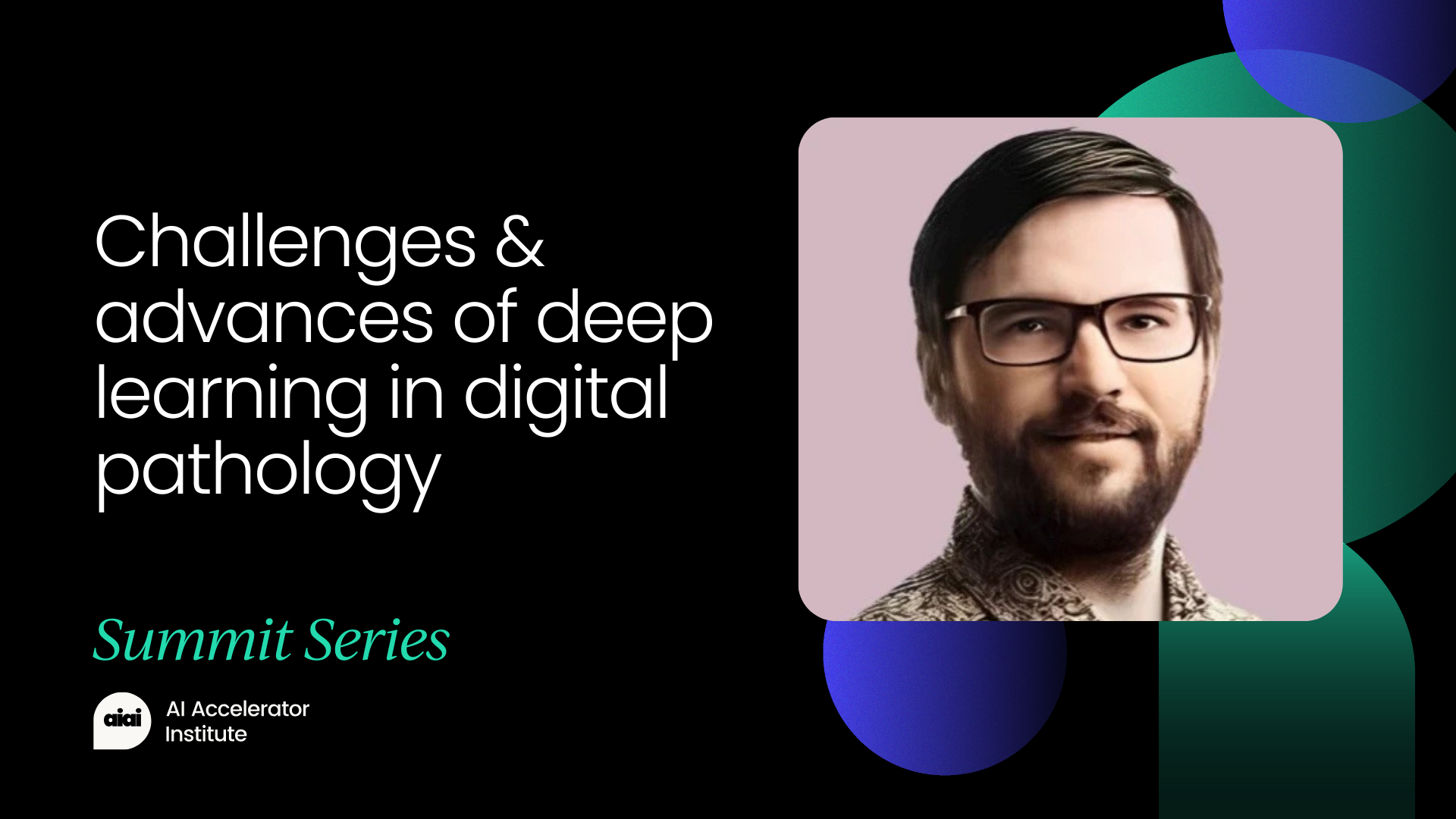SYNAPSE-Net: A Unified Framework with Lesion-Aware Hierarchical Gating for Robust Segmentation of Heterogeneous Brain Lesions
PositiveArtificial Intelligence
The introduction of SYNAPSE-Net marks a significant advancement in the field of neuroimaging, particularly in the automated segmentation of brain lesions. This new framework addresses the limitations of existing deep learning models, which often struggle with generalization and reliability. By providing a more robust and adaptable solution, SYNAPSE-Net has the potential to enhance clinical practices and improve patient outcomes, making it a noteworthy development in medical technology.
— Curated by the World Pulse Now AI Editorial System



